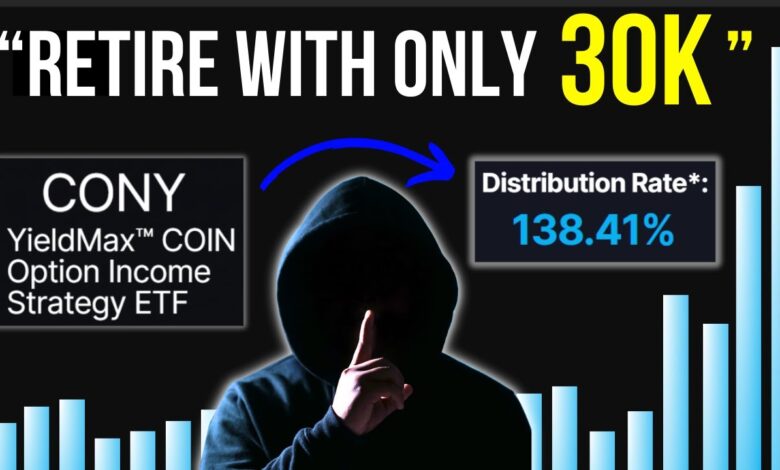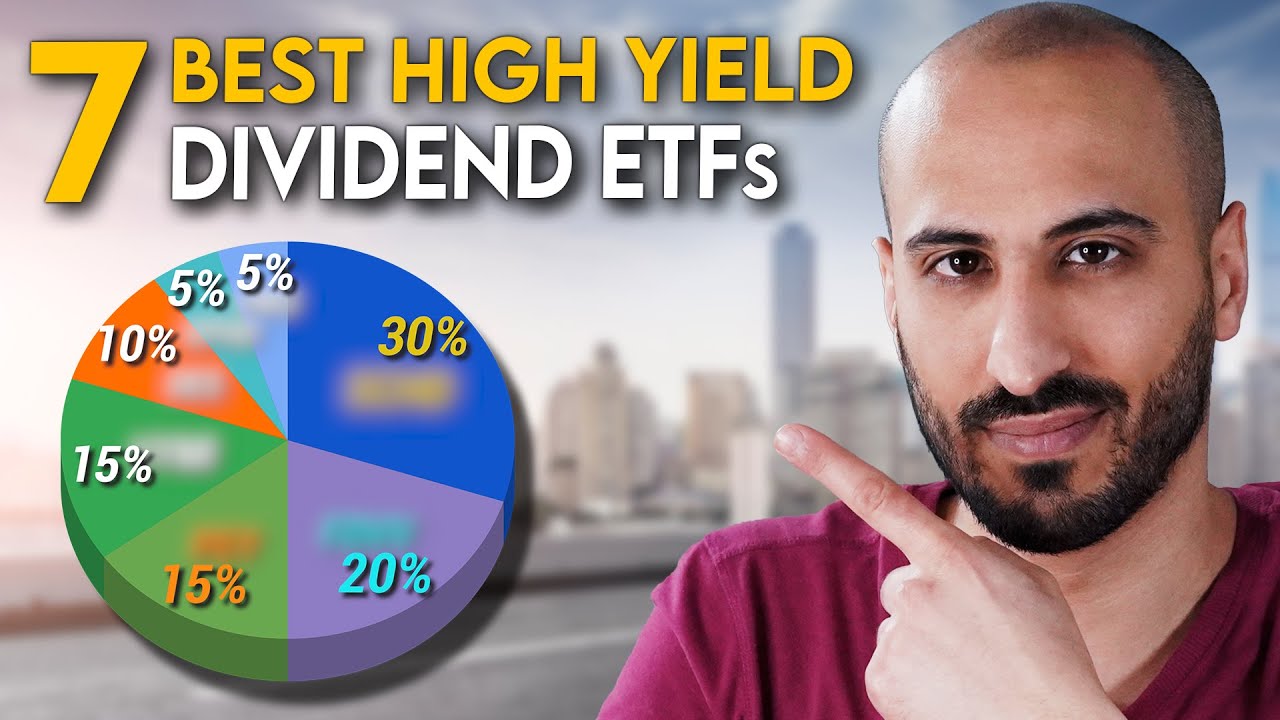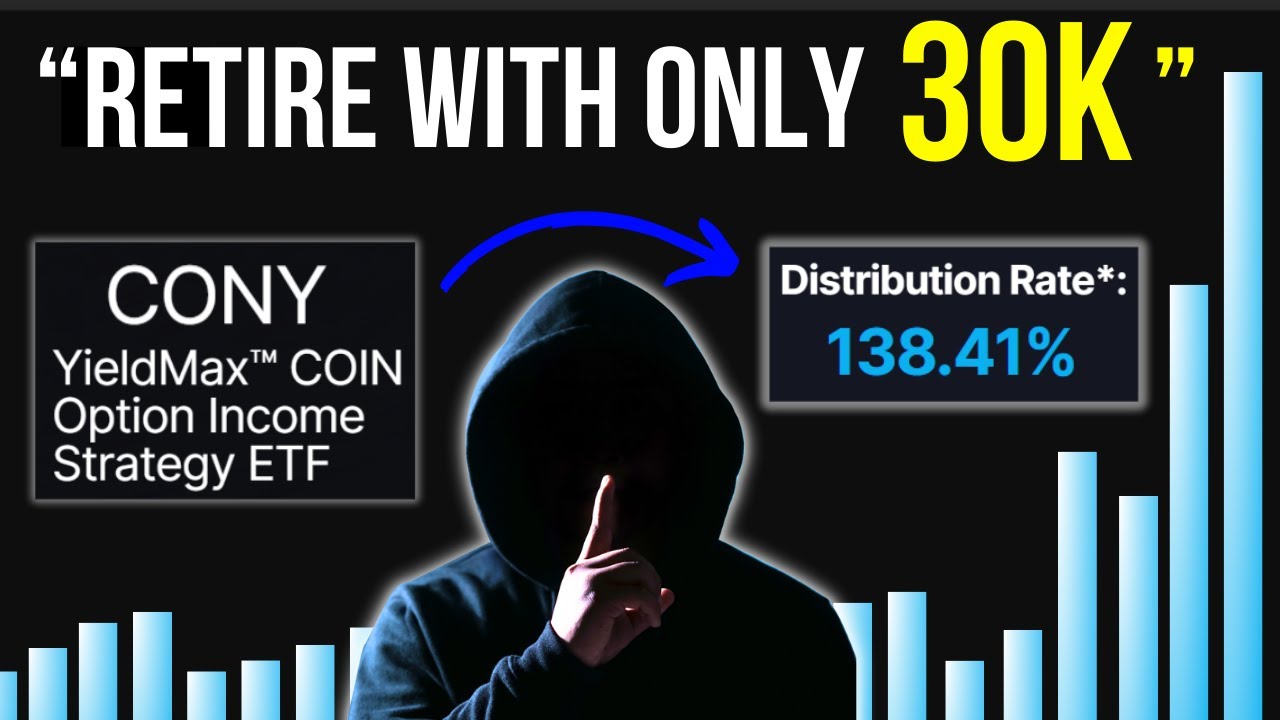
3 High Yield ETFs for Dividend Investors: Your Guide
3 High Yield ETFs for Dividend Investors: Seeking consistent income? You’re not alone. Many investors aim to build portfolios that generate regular dividend payments. High-yield ETFs offer a potential solution, providing exposure to a basket of stocks known for their generous payouts.
However, like any investment, they come with risks and rewards that need careful consideration.
This article will delve into the world of high-yield ETFs, exploring their benefits, potential drawbacks, and how to select the right ones for your investment goals. We’ll examine key factors to consider, including dividend yield, expense ratios, and diversification, as well as highlight three popular high-yield ETFs that are attracting investor attention.
Tax Implications

Investing in high-yield ETFs can be a great way to generate income, but it’s essential to understand the tax implications. You’ll need to consider the tax treatment of both dividends and capital gains, as they can significantly impact your overall returns.
Tax Treatment of Dividends
Dividends from high-yield ETFs are generally taxed as ordinary income. However, some dividends may qualify for a lower tax rate, depending on the type of dividend and your tax bracket.
- Qualified Dividends:These dividends are taxed at the same rates as long-term capital gains, which are typically lower than ordinary income tax rates. To qualify, the dividends must be paid by a U.S. corporation or a qualified foreign corporation and meet certain holding period requirements.
- Unqualified Dividends:These dividends are taxed at your ordinary income tax rate. This typically applies to dividends paid by non-U.S. corporations or dividends that don’t meet the holding period requirements for qualified dividends.
Tax Treatment of Capital Gains
Capital gains are realized when you sell shares of an ETF for a higher price than you paid for them. The tax rate on capital gains depends on the holding period of the shares and your tax bracket.
- Short-Term Capital Gains:These gains are taxed at your ordinary income tax rate, as they are realized from selling shares held for less than one year.
- Long-Term Capital Gains:These gains are taxed at lower rates, typically 0%, 15%, or 20%, depending on your income level. They are realized from selling shares held for more than one year.
Tax Implications Based on Investment Horizon
The tax implications of investing in high-yield ETFs can vary depending on your investment horizon.
- Short-Term Investment Horizon:If you plan to invest for a short period, you are more likely to realize short-term capital gains, which are taxed at your ordinary income tax rate.
- Long-Term Investment Horizon:If you plan to invest for a longer period, you are more likely to realize long-term capital gains, which are typically taxed at lower rates.
Tax Implications Based on Tax Bracket, 3 high yield etfs for dividend investors
The tax implications of investing in high-yield ETFs can also vary depending on your tax bracket.
- Lower Tax Brackets:Investors in lower tax brackets may benefit from the lower tax rates on qualified dividends and long-term capital gains.
- Higher Tax Brackets:Investors in higher tax brackets may face a higher tax burden on dividends and capital gains.
Ultimate Conclusion: 3 High Yield Etfs For Dividend Investors

Investing in high-yield ETFs can be a smart strategy for dividend-focused investors, but it’s crucial to approach it with a balanced perspective. By carefully considering your investment goals, risk tolerance, and the specific characteristics of each ETF, you can make informed decisions that align with your financial objectives.
Remember to monitor your portfolio regularly, adjust your allocation as needed, and stay informed about market trends and economic conditions.
While researching 3 high yield ETFs for dividend investors, I stumbled upon an interesting article about the recent volatility in the crypto market, specifically Dogecoin. It seems like the adage “buy the rumour, sell the news” is playing out in real-time, as seen in the recent article titled buy the rumour sell the news dogecoin erases recent gains.
This volatility highlights the importance of diversifying your portfolio across different asset classes, including those offering consistent dividend payouts, such as the 3 high yield ETFs I’m exploring.
While I’m busy researching the best 3 high yield ETFs for dividend investors, the news broke about the House approving gun control bills including a higher age for assault rifles. It’s a big deal, but it’s important to stay focused on our financial goals.
Back to those ETFs, I’m particularly interested in ones that offer a consistent and reliable dividend stream, so I can continue building my portfolio and reaching my financial goals.
Finding the right 3 high-yield ETFs for your dividend portfolio can be a challenge, especially with the current economic climate. But remember, investing isn’t just about numbers – it’s about building a sustainable future. That’s why I always recommend taking a step back and considering the bigger picture, like the 10 most important leadership skills for the 21st century workplace and how to develop them.
These skills can help you navigate the ups and downs of the market and make informed decisions about your investments, even when it comes to those high-yield ETFs.

